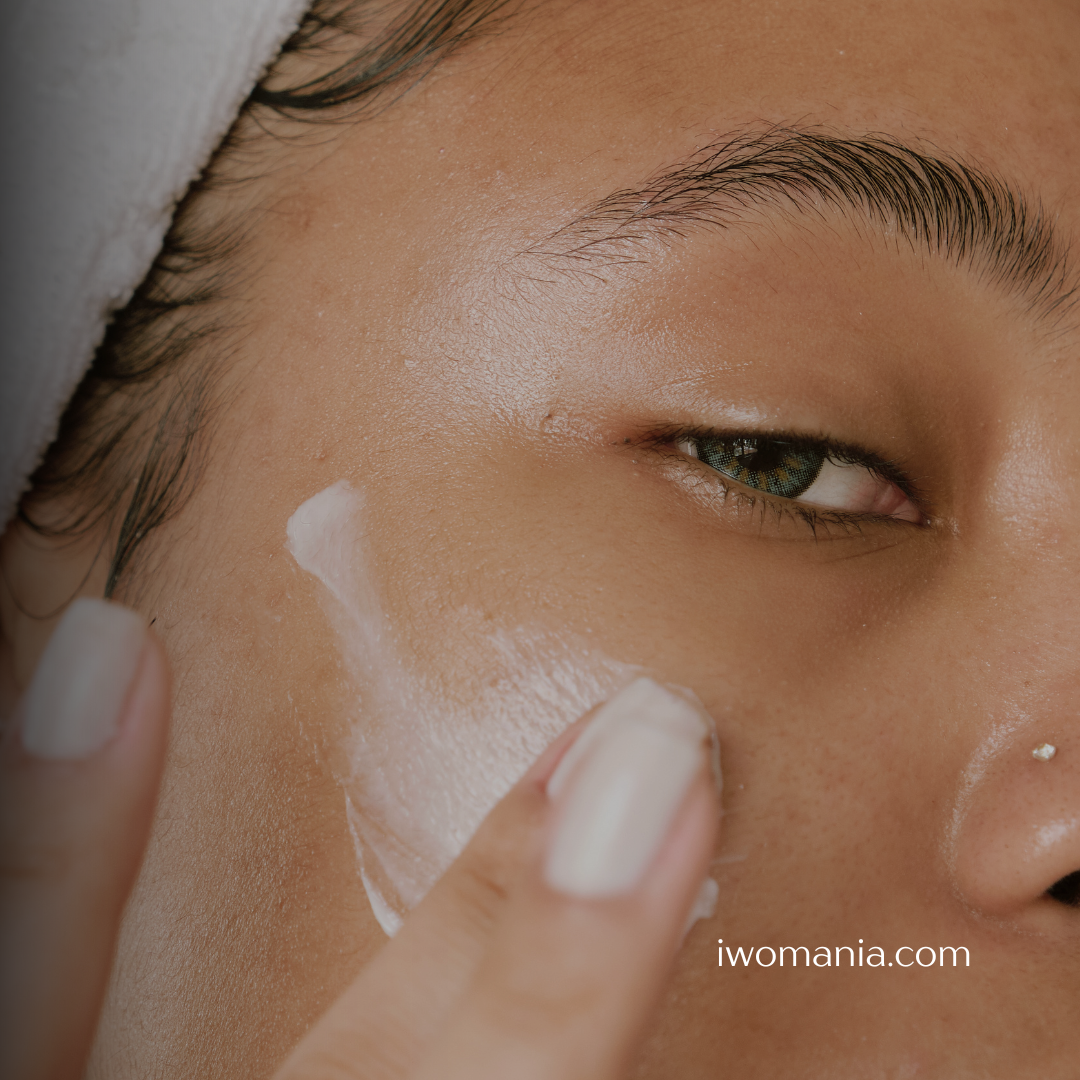
What You Put on Your Skin Goes to Your Bloodstream!!!
Share
What You Put on Your Skin Goes to Your Bloodstream: Myth or Reality?
In the realm of skincare and personal wellness, a popular belief persists: that a significant portion of what we apply to our skin—often cited as 60%—is absorbed directly into our bloodstream. This notion has fueled the rise of "clean beauty" movements and heightened consumer awareness about product ingredients. But how accurate is this claim? Let's delve into the science to uncover the truth.
Understanding Skin Absorption
The skin, our body's largest organ, serves as a formidable barrier against environmental aggressors. Its primary function is to protect internal systems from external harm. The outermost layer, the stratum corneum, is composed of tightly packed cells and lipids, making it challenging for substances to penetrate deeply.
Penetration vs. Absorption
It's crucial to differentiate between two terms often used interchangeably:
- Penetration refers to the movement of substances into the skin's layers but not necessarily into the bloodstream.
- Absorption implies that a substance has traversed the skin layers and entered systemic circulation.
Most skincare products are formulated to act on the skin's surface or just beneath it, targeting issues like dryness, acne, or pigmentation. Their design doesn't typically aim for systemic absorption.
Debunking the 60% Absorption Myth
The claim that 60% of topical products are absorbed into the bloodstream lacks scientific backing. This figure likely originated from misinterpretations or oversimplifications of studies on skin permeability.
Scientific Perspective
Research indicates that the skin's barrier function is highly effective. For a substance to be absorbed into the bloodstream, it must possess specific characteristics:
- Molecular Size: Smaller molecules penetrate more easily.
- Solubility: Lipid-soluble substances have a higher chance of permeating the skin.
- Concentration and Contact Time: Higher concentrations and prolonged exposure can increase absorption.
- Skin Condition: Damaged or compromised skin can be more permeable.
Even with these factors, the amount of a substance that reaches systemic circulation is typically minimal.
Exceptions: When Absorption Occurs
While the skin is generally a robust barrier, certain conditions and products are designed to facilitate absorption.
Transdermal Drug Delivery
Medications like nicotine patches or hormone replacement therapies are specifically engineered for transdermal delivery. These products use enhancers to increase skin permeability, allowing the active ingredients to enter the bloodstream effectively.
Chemical Sunscreens
Some studies have shown that ingredients in chemical sunscreens, such as oxybenzone and avobenzone, can be detected in the bloodstream after application. However, the presence of these substances doesn't necessarily indicate harm. Regulatory bodies like the FDA continue to assess the safety profiles of these ingredients to ensure consumer safety.
The Role of Product Formulation
The formulation of skincare products plays a pivotal role in determining their interaction with the skin.
- Molecular Structure: Ingredients with larger molecular structures are less likely to penetrate deeply.
- Vehicle or Base: The medium in which active ingredients are delivered (e.g., creams, gels, lotions) affects their penetration capabilities.
- Use of Penetration Enhancers: Some products include ingredients that temporarily disrupt the skin barrier to allow deeper penetration.
Manufacturers design products with these factors in mind, aiming to achieve desired effects without compromising safety.
Making Informed Choices
Given the complexities of skin absorption, consumers should approach skincare choices with informed skepticism.
Tips for Conscious Skincare
- Read Ingredient Lists: Familiarize yourself with common ingredients and their functions.
- Understand Product Claims: Be wary of marketing terms like "all-natural" or "chemical-free," which may not have standardized definitions.
- Consult Professionals: Dermatologists can provide personalized advice based on individual skin needs and concerns.
- Patch Testing: Before introducing new products, conduct a patch test to check for adverse reactions.
Conclusion
The assertion that a significant percentage of skincare products are absorbed into the bloodstream is more myth than reality. While certain substances can penetrate the skin under specific conditions, the body's natural defenses are adept at limiting systemic absorption. By understanding the science behind skin permeability and product formulation, consumers can make choices that align with both their skincare goals and overall health.
Sources:
- Real Simple: Where Does Skincare Go After You Apply It?
- Wikipedia: Absorption (skin)
- Time: Sunscreen Ingredients Are Absorbed Into Your Blood. Here's What That Could Mean
- Lab Muffin: The “60% of products absorb into your bloodstream” myth
Note: This article is intended for informational purposes only and does not substitute professional medical advice.
